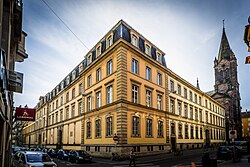
Gymnasium is a term in various European languages for a secondary school that prepares students for higher education at a university. It is comparable to the US English term preparatory high school or the British term grammar school. Before the 20th century, the gymnasium system was a widespread feature of educational systems throughout many European countries.
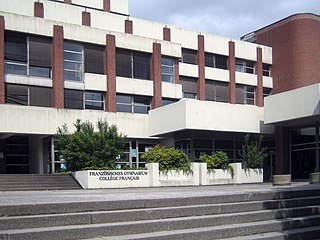
The Französisches Gymnasium is a francophone gymnasium in Berlin, Germany. Traditionally, it is widely regarded as an elite high school. It is also the oldest public school in Berlin. Its creation was ordered by Frederick William of Brandenburg.

The University of Strasbourg is a public research university located in Strasbourg, France, with over 52,000 students and 3,300 researchers. Founded in the 16th century by Jean Sturm, it was an intellectual hotbed during the Age of Enlightenment.
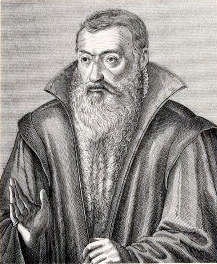
Johannes Sturm, was a German educator and Protestant reformer, who was influential in the design of the gymnasium system of secondary education.
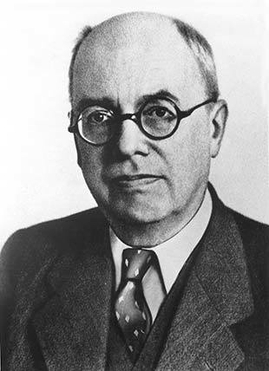
Ernst Robert Curtius was a German literary scholar, philologist, and Romance languages literary critic, best known for his 1948 study Europäische Literatur und Lateinisches Mittelalter, translated in English as European Literature and the Latin Middle Ages.

St Thomas' Church is a historic building in Strasbourg, eastern France. It is the main Lutheran church of the city since its cathedral became Catholic again after the annexation of the town by France in 1681. It is nicknamed the "Protestant Cathedral" or the Old Lady, and the only example of a hall church in the Alsace region. The building is located on the Route Romane d'Alsace. It is classified as a Monument historique by the French Ministry of Culture since 1862. Its congregation forms part of the Protestant Church of Augsburg Confession of Alsace and Lorraine.
The École nationale supérieure des arts appliqués et des métiers d'art, also called the École des Arts Appliqués or Olivier de Serres and abbreviated to ENSAAMA, is a post-baccalauréat teaching establishment for the decorative arts in the 15th arrondissement of Paris, France.

The École nationale d'ingénieurs de Brest (ENIB) is a French grande école leading to the French “Diplôme d’Ingénieur” under the authority of the French Ministry of Education and Research.
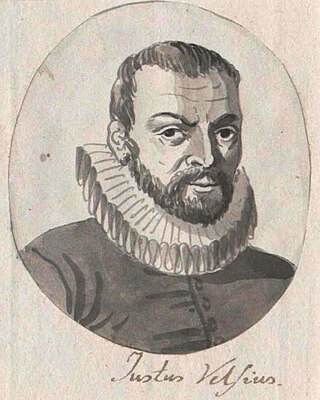
Justus Velsius, Haganus, or Joost Welsens in Dutch, was a Dutch humanist, physician, and mathematician.

The Institut supérieur européen de gestion group is a group of two business schools, ISEG Marketing & Communication School and ISG Programme Business & Management, the former created in 1980, and the latter formed in 2014 when ISEG Business School and ISEG Finance School, each also founded in 1980, merged. In September 2017, ISEG Business & Finance School merged with the programme Business & Management of the ISG Business School. It is based in Paris, Bordeaux, Lille, Lyon, Nantes, Strasbourg and Toulouse, France. The group is mainly focused on teaching entrepreneurship.
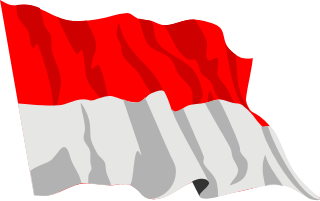
The Protestant Reformed Church of Alsace and Lorraine is a Calvinist denomination in Alsace and northeastern Lorraine, France. As a church body, it enjoys the status as an établissement public du culte.

The Protestant Church of the Augsburg Confession of Alsace and Lorraine is a Lutheran church of public-law corporation status in France. The ambit of the EPCAAL comprises congregations in Alsace and the Lorrain Moselle department.

The Temple Neuf in Strasbourg is a Lutheran church built on the site of the former Dominican convent where Meister Eckhart studied. The Temple was constructed at the end of the 19th century after the old Dominican Church was destroyed during the Siege of Strasbourg on the night of 24-25 August 1870, during the Franco-Prussian War. The ensuing fire also destroyed the libraries of the University of Strasbourg and the City of Strasbourg which were located at the Temple Neuf site.

Saint Nicholas Church, Strasbourg is a small Gothic church in Strasbourg, France. Jean Calvin led services and preached at this church in 1538. Albert Schweitzer was the pastor of the church from 1900 to 1913 and used to play the organ there.

The Church of Old Saint Peters is a by simultaneum Catholic and Lutheran church building in Strasbourg, Alsace is first mentioned in 1130.

The Palais Universitaire in Strasbourg is a large, neo-Renaissance style building, constructed between 1879 and 1884 under the direction of the German architect Otto Warth. It was inaugurated in 1884 by Wilhelm I, Emperor of Germany. Through Avenue de la Liberté, it faces the equally monumental former imperial palace (Kaiserpalast).

There are five French-German secondary schools known in German as Deutsch-Französisches Gymnasium (DFG) and in French as lycée franco-allemand (LFA). Mixing students, teachers and teaching methods of both countries, DFG/LFAs are highly selective schools of excellence. Their teachers are paid by the French and German states, and tuition is free of charge.
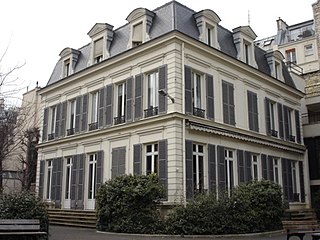
The École alsacienne is a co-educational private school located in the 6th arrondissement of Paris.
Classical colleges were a type of school in Quebec. Since its inception in the 17th century, up until the Quiet Revolution of the 1960s, classical college with its eight years of training in classics was the necessary pathway for Quebec's social elites to attain university and other professions. Their studies at the classical colleges would lead to the baccalauréat ès arts.
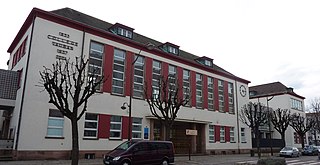
The Lycée Franco-Allemand de Strasbourg is a French-German public secondary school opened in September 2021. It is the fifth DFG / LFA to open and the second of its type in France.
